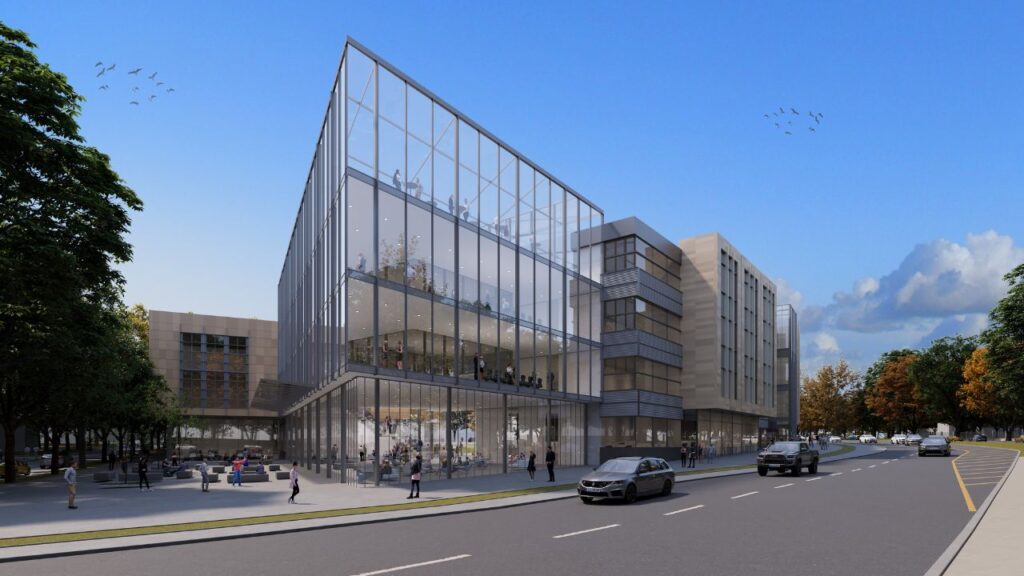Fordham U. Receives $100M Gift To Build STEM Facility in Bronx
NEW YORK—Fordham University announced last week a $100-million gift to fuel a major investment in the future of STEM education at the Bronx-based university.
The gift from Maurice (Mo) Cunniffe, FCRH ’54, and Carolyn Dursi Cunniffe, Ph.D., GSAS ’71, is the largest in Fordham’s history; it will be used to break ground on a cutting-edge, integrated science facility on the Rose Hill campus in the Bronx and launch and expand in-demand STEM degree programs.
The envisioned building is more than 200,000-gross-sq/ft that will bring together a range of STEM disciplines, and will feature wet and dry teaching labs, research space, classrooms and student lounges, with a large and open green space in front. It will be located along Southern Blvd. on the Rose Hill campus’ eastern edge across from the New York Botanical Garden, replacing existing surface parking.

University President Tania Tetlow said Fordham is well poised to nurture the next generation of leaders in STEM. “For centuries, the Jesuits have been world-class scientists and mathematicians, always connecting those fields to what it means to be fully human. Fordham will stand out for integrating science and technology with ethics, humanities and our other strengths in the professions,” Ms. Tetlow said.
Fordham’s broader STEM vision also includes expanding computer science programs at Lincoln Center, strategically repurposing book storage space (Quinn X), and increasing enrollment capacity for both graduate and undergraduate students. In addition, Fordham plans to launch a new full-time M.S. program in physician associate studies at its Westchester campus.
Expanding the sciences is a key priority for Fordham, the university said in a statement. Nearly half of college-bound high school students say they want to major in STEM fields, and STEM-related jobs are projected to grow significantly faster than non-STEM positions over the next decade. The gift will allow Fordham to invest in meeting the demand for STEM education, and to provide state-of-the-art facilities for teaching as well as research. Of the $30 billion the government dispersed for research and development in fiscal year 2023, approximately 95% went to STEM disciplines including the health sciences.
